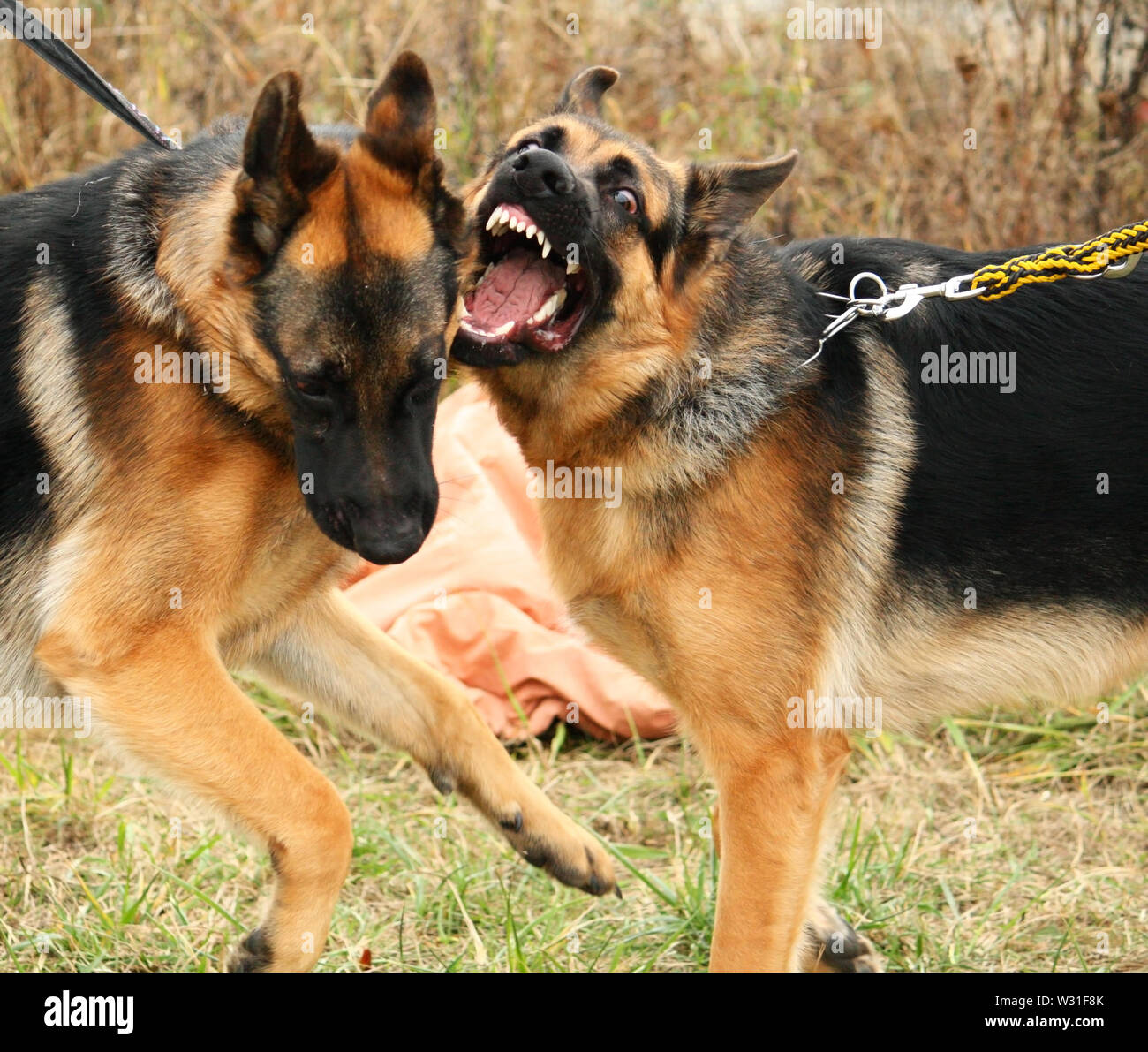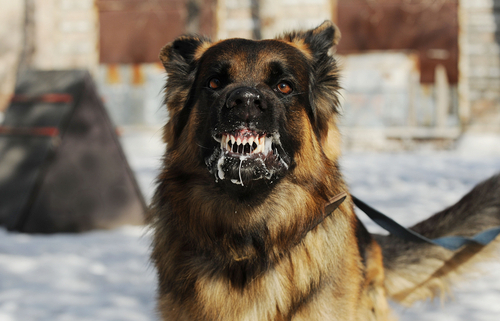Type of Competition
Intra Specific Competition

Habitat
Homes, kennels, urban, suburban, and rural areas.
Typical litter size
5 - 10 Puppies

Density-independent factors
Natural Disasters
Fecundity
High Fecundity
Predator/prey interaction
Hunting small animals like rabbits
Geographical range
Worldwide, with a focus in North America and Europe
Survivorship Curve
Type 1

Common genetic disorder
Hip dysplasia
Average lifespan
9–13 years
Defence mechanisms
Barking, territorial behaviour, and physical strength

Distribution Pattern
Clumped

Maturation age
1-2 Years Physically, 3 years Mentally
Diseases that threaten the population
Canine parvovirus or rabies

Density-dependent factor
Availability of food, space, or breeding opportunities
Type of relationship and Example
Symbiotic, Ex Working alongside humans as guide dogs

Limiting factors
Availability of space and food
Factors influencing population growth
Human intervention, breeding practices, and demand for specific roles like police or guide dogs.
Consequences in disaster zones
Abandonment or death
Scientific name
Canis lupus familiaris
Contribution to Society
Acting as police or guard dogs, protecting humans from threats.

How is Distribution Influenced
Human Preference
Population growth trend
Steady, influenced by demand
Effects of overbreeding
Poor health and genetic disorders
Estimated global population of German Shepherds
Approximately 3 million worldwide as of 2024
